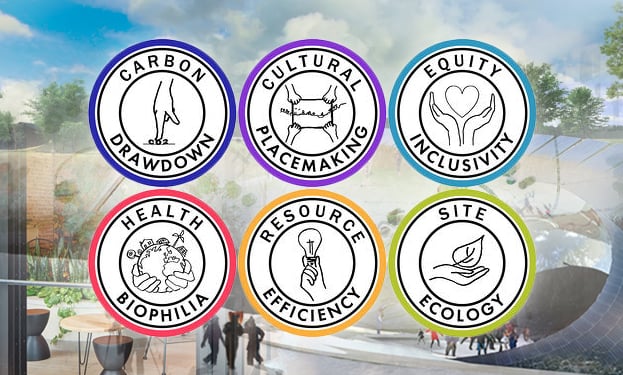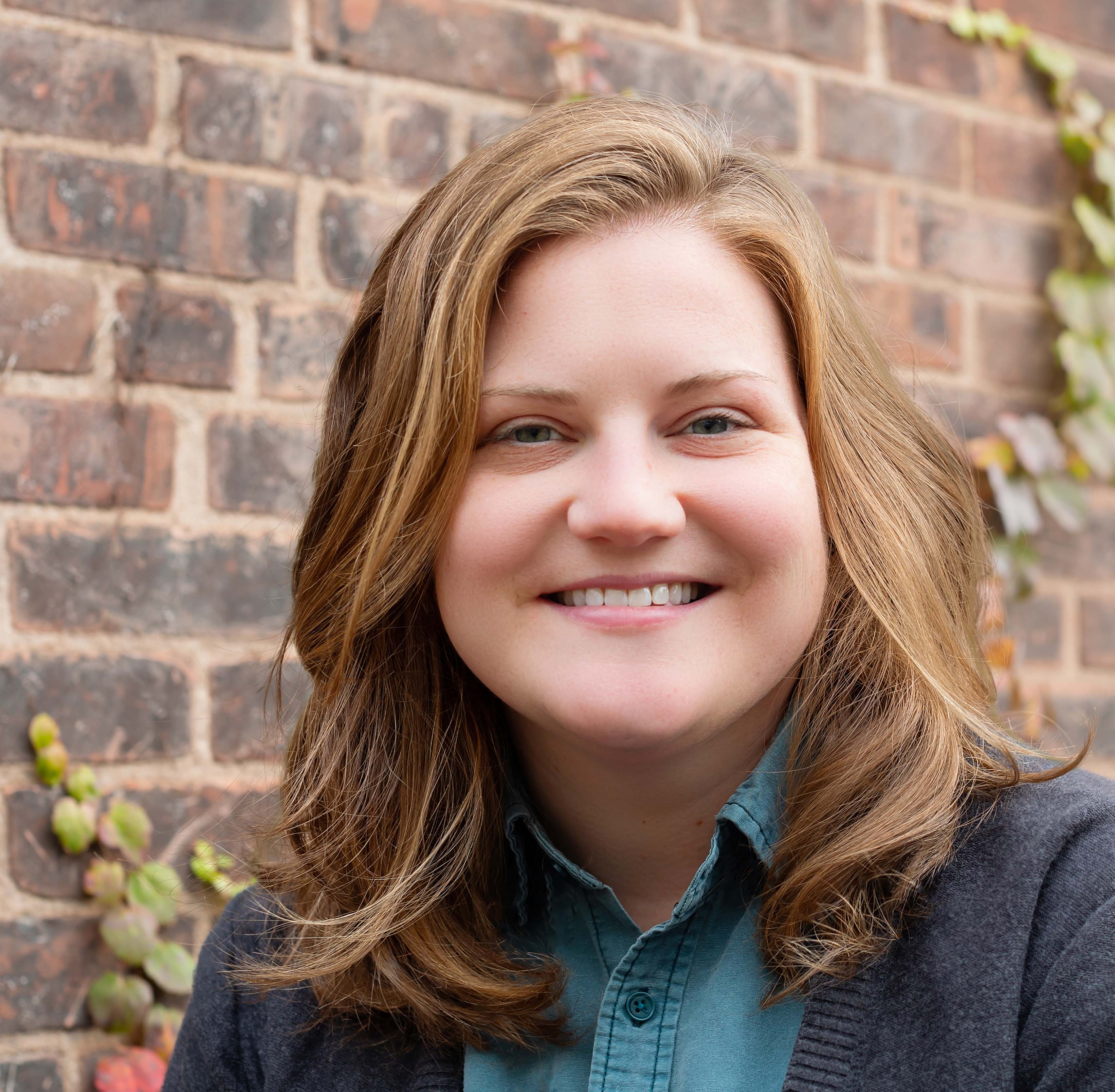Right now, Pirie Associates is doing a lot more planning projects. At first glance, this might seem like an unexpected result of America's current economic conditions. In reality, we believe planning has quietly become one of the most powerful tools in our profession and the deeper groundwork of contemporary architecture.
In the middle of the 20th century, suburbanization caused planning to take on a new role with the rise of highways and urban renewal- sometimes controversial, often top-down (looking at you, New Haven). The profession wrestled with balancing large-scale infrastructure with social needs.

Urban Renewal: New Haven's newly completed "Oak Street Connector," 1961.
Today, planning has really embraced complexity and inclusion. The field recognizes that cities and regions are living systems shaped by people, culture, environment, and economy. Today’s planning is less about dictating what must happen and more about facilitating what could happen. Community voices are front and center.
Back in undergrad, I completed a minor in City and Regional Planning. I studied how cities and regions come together and the many pieces that must fit just right. Classes covered everything from figuring out smart land use and transportation planning to digging into environmental and community issues. I focused on learning how policies shape neighborhoods (for better or worse). It wasn’t just theory; it was real-world problem-solving with a mix of social, technical, and design stuff all rolled into one.
Let’s be honest: the world is a little allergic to construction at the moment. Budgets are tight. Interest rates are high. Municipalities are cautious. Nonprofits are stretching dollars further than ever. But communities still need change. The desire for transformation hasn’t gone anywhere.
At Pirie Associates, we understand this is where architects can step in. Planning is how we rehearse the future without rushing the performance. In a climate of uncertainty, planning offers action without any immediate excavation or spending, so it's giving clients a way to align goals and ideas while building stakeholder trust.
Instead of the diagrams of future streetscapes or zoning overlays in soft focus from my undergrad, our firm has been finding deeper engagement through storytelling, advocacy, resilience thinking... it’s equal parts design and economic strategy. In many cases, we are learning that planning and development is where the most consequential decisions are made. Communities decide what they value, who belongs, and how they want spaces to serve them in the next decade.

Pirie Associates attends a Community Engagement session for revitalizing Georgetown Village
Of course it's different from architectural design as traditionally imagined. Pirie Associates is working to become translators between communities and institutions. It’s slower work. Sometimes messier. Always human.
And here’s the surprising part: Architects, it turns out, are pretty good with ambiguity. We’re trained to think spatially and strategically. We can sketch a concept and also design a process. We see that planning is where lasting change often begins.
Looking ahead, I wonder what planning might look like another 15 years from now. As technology and data expand their influence, planning could become even more dynamic and responsive by integrating real-time feedback loops from cities and people’s daily lives. Imagine plans that adapt constantly, informed by climate models, social equity metrics, or a shifting economy. It could enable nimbler communities that thrive in ways we can only begin to imagine today. The role of the planner-architect hybrid may grow. I'm imagining architects as some sort of social stewards- kind of like the powerful architects from history books with a lot less ego.
More than a decade ago, some of my professors considered city planning “pre-architecture," which is a perspective that makes sense. But here at Pirie Associates, we think it is architecture, just in a less concrete form (pun intended).
During this economic cooling, communities that invest in planning today will be the ones best positioned to shape what’s next, on their own terms. Our firm is right there with them: drawing, listening, and designing.






